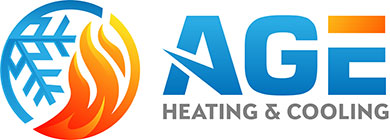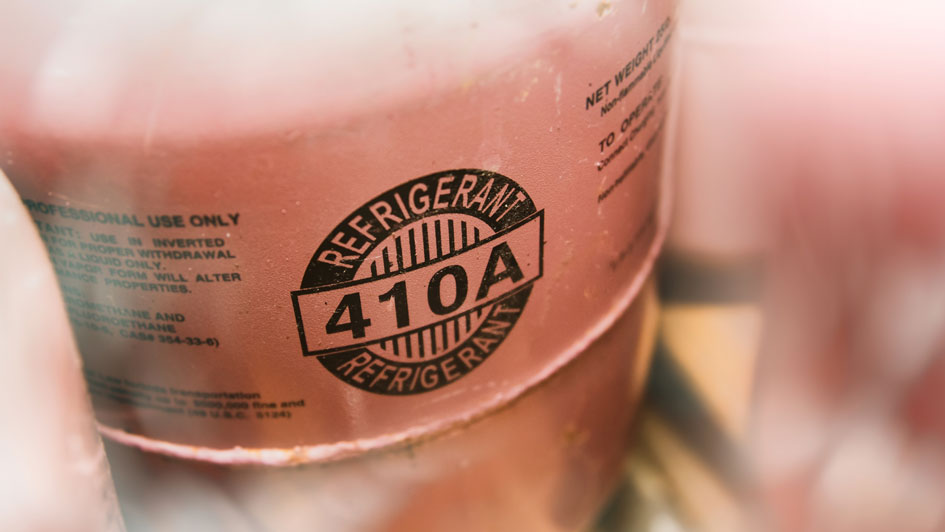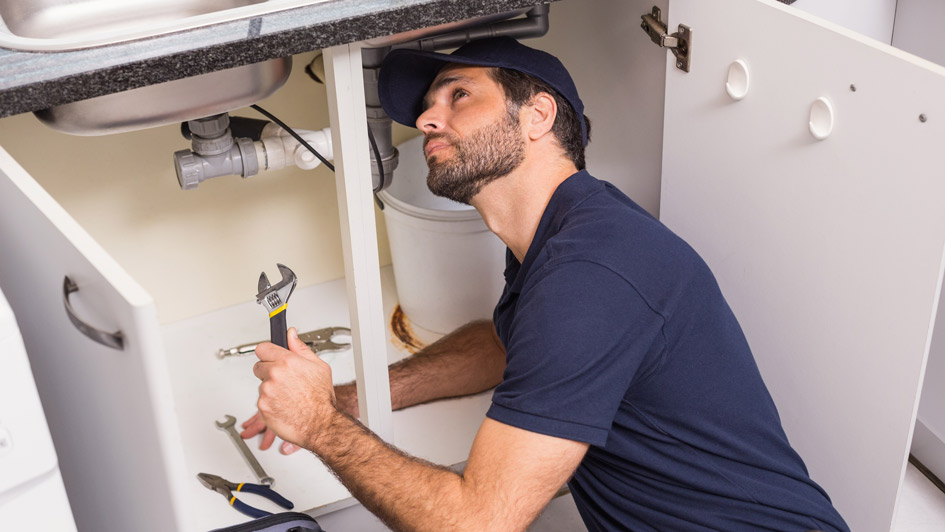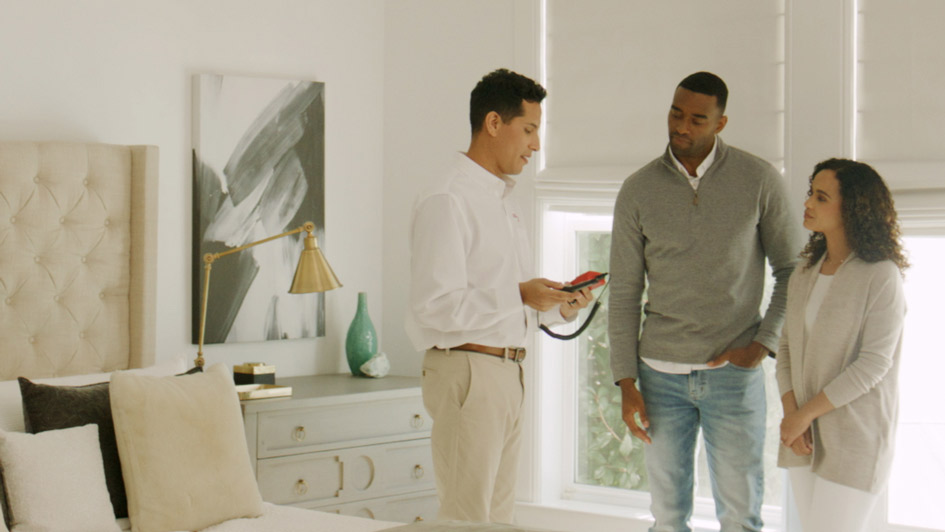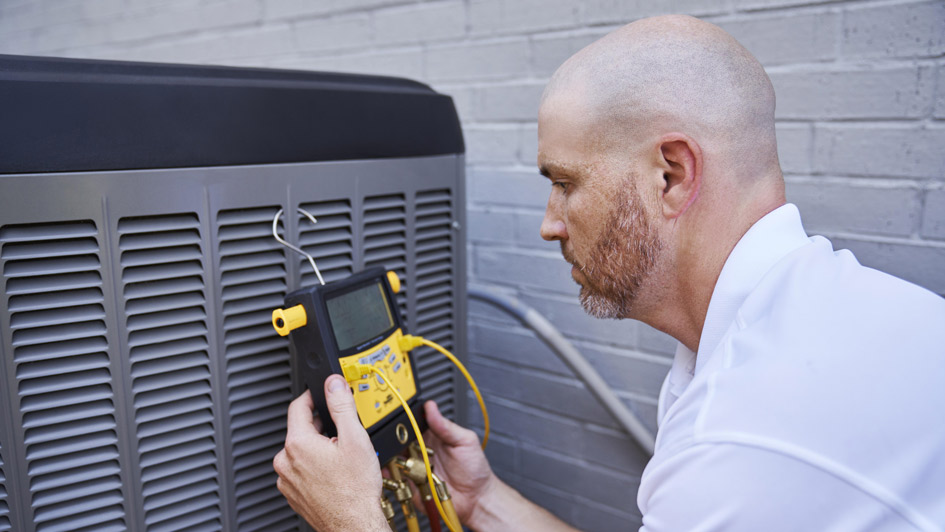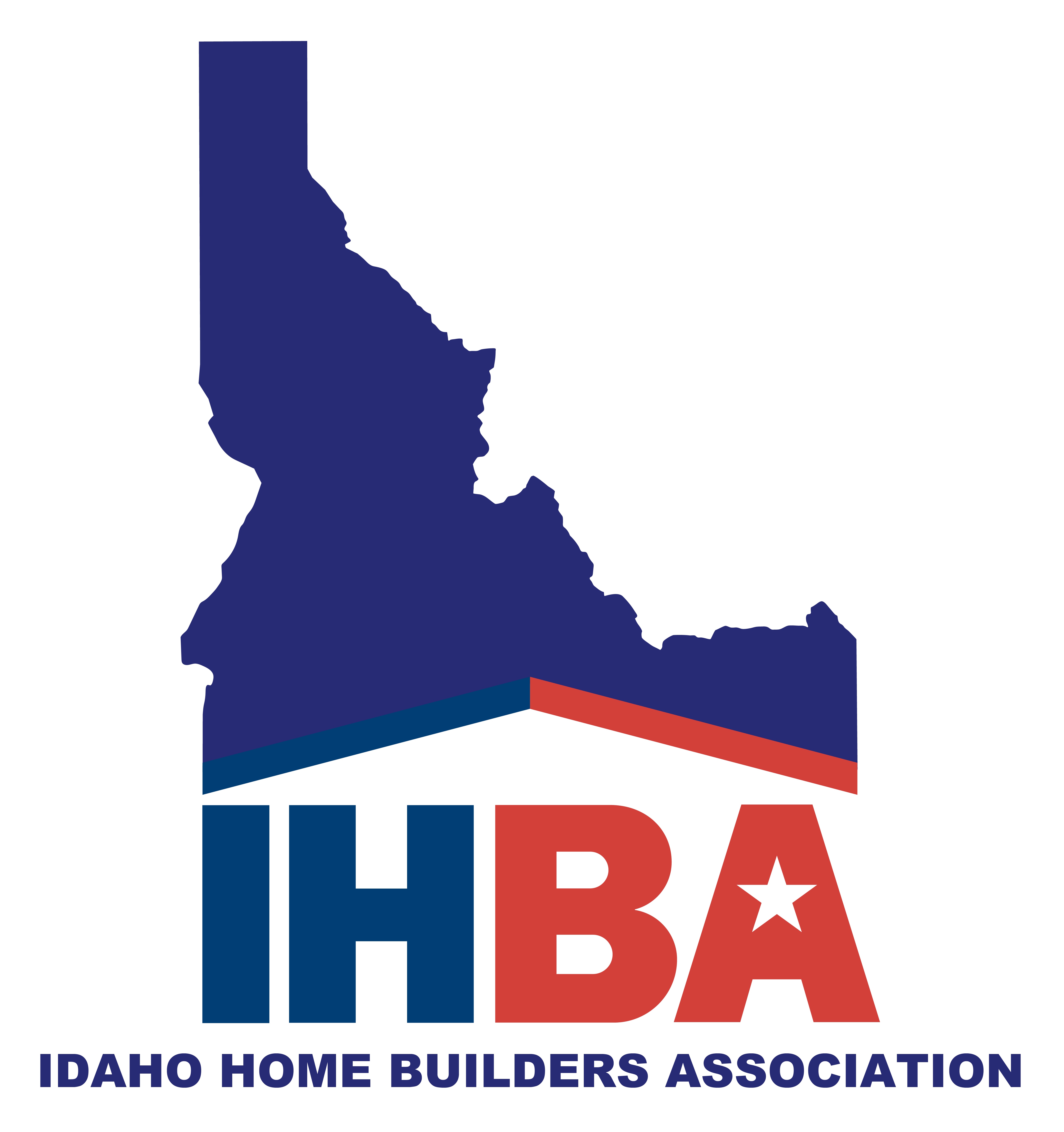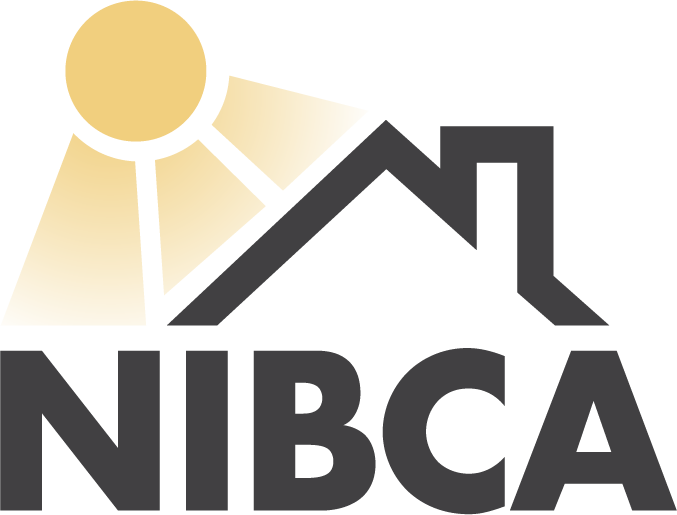Blog
Serving Sandpoint and These Areas
About Age Heating & Cooling
At Age Heating & Cooling, making your home comfortable is our top concern. That’s why we offer dependable HVAC solutions and quality work in Sandpoint. Our pros are knowledgeable in a full variety of services, so you can have confidence in your results. They’ll give the help you are looking for, whether it’s putting in a new HVAC system or repairing and inspecting your existing equipment. We’re available to assist with all of your needs, so get in touch with us at 208-603-2210 or contact us online to request an appointment right away.
© 2025 Age Heating & Cooling | All rights reserved
